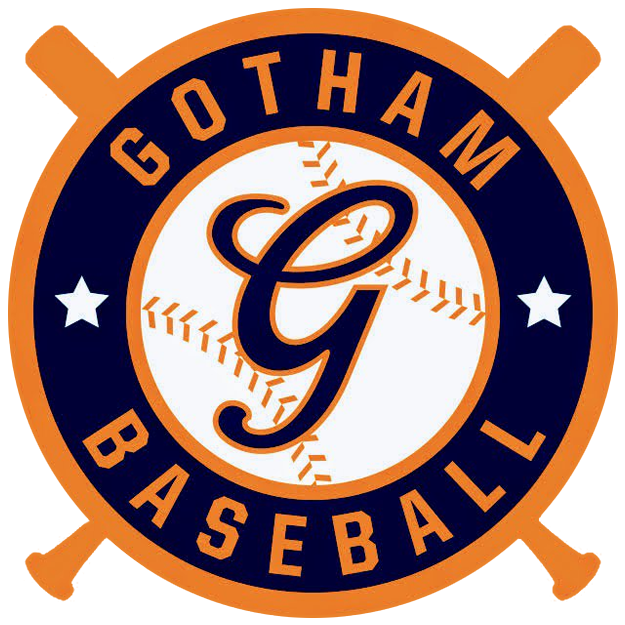Almost exactly 11 months ago, Mets outfielder Michael Conforto swung and missed at a 95-MPH fastball from Arizona Diamondbacks pitcher, Robbie Ray. He then collapsed to the ground and took the rest of his season with him. This was not a recurring injury, nor was it an injury of which he was aware and was hiding from the team, nor was it something that anyone watching him could have predicted. Nope, it was just a Mets injury. Last year was a year full of Mets injuries, and Conforto’s seemed to be the Metsest. This year, there are a couple challengers for the title.
While I didn’t start writing this until Sunday night, I had an idea after Friday night’s game (a win over the Yankees) that I would start with reflecting on the Conforto injury. Turns out I’m following through on this plan for entirely different reasons from what I had expected. The Mets win on Friday night had many good things going for it: a sharp, albeit brief, start from recently healthy Noah Syndergaard, a home run by Yoenis Cespedes in his first game (second at-bat) after 2 months away due to injuries, a handful of clutch hits (a few by Conforto), and a bullpen that bent but didn’t break. In a year full of heart-breaking losses and gut-wrenching moments, this was an enjoyable win and relatively easy on the mind and body. Or so I thought.
Following the game on Friday night, when reporters were all set to ask Cespedes about how he felt returning to the field and contributing to a Mets win, the slugging outfielder informed the media, fans, and seemingly some in the Mets organization, that his hip and quad injuries were actually due to injuries to both of his heels and would require surgery followed by 8-10 months of rehab. In our internet world, where people we barely knew in elementary school are informing us what their kids ate for snack in day camp, where a local school board’s decision can be dissected and debated by people who would otherwise never know that they’re neighbors, where every action by any Kardashian counts as information to someone, it’s mind-boggling that this bomb was dropped in a setting normally befitting of cliched statements and banal remarks. Even those who follow the Mets rigorously did not see this coming. Sadly, that group included the Mets manager, Mickey Callaway.
For the rest of the weekend, whenever Callaway was asked about Cespedes, his responses were reminiscent of a junior high school student trying to fake his way through a book report. Perhaps he read the first chapter, the last chapter, and a summary online, but he was ill-equipped to field any questions of substance. And while some reporters’ questions may lack tact, kindness, and impartial judgment, they rarely lack substance.
If Callaway’s deer-in-headlights approach seemed familiar, that’s probably because we saw it with Terry Collins, and Jerry Manuel, and Willie Randolph, and Art Howe, etc. The disconnect between Mets manager and Mets management, between players and trainers, between ownership and fans, has all become as much a part of the fabric of Mets life, as pinstripes, the Dodgers blue, and the Giants orange. By the end of the weekend, the story had evolved into a situation of which management claims to have been aware, Cespedes seems to have understood, and the rest of the team…I couldn’t tell you. If Mickey Callaway knew about this and was told to hide it from the media, he put on an Oscar-worthy performance of someone who had no idea what was happening, although I don’t know why. If the Mets front office and Cespedes knew all about it and never bothered to tell Callaway then that’s incredibly frustrating and a terrible way to treat a manager, especially a rookie one. Of course, I suppose it’s possible that someone told Callaway and he forgot, although that would be like handing an umpire the wrong lineup card before a game, and who would do something like that?!? (Sorry, cheap shot, I know.)
So by Sunday afternoon, in a season full of points low, lowerer, and lowest, Mets fans had every reason to believe that the lowerest point of the season had been hit. Not only had the injury bug bitten the team yet again, to a terrible degree, but the communication breakdowns within the Mets organization had been exposed, yet again, to a terrible degree. Exasperated fans were calling into the radio shows with familiar complaints about off-the-field issues and corresponding statements like “I know I shouldn’t be surprised, but I can’t believe this is happening again.” As the Mets were preparing to face the Yankees in the rubber match of this three game series, the thinnest silver lining that people could grasp was “hey, at least it can’t get any more ridiculous than this.”
And then the news broke that Syndergaard was headed back to the DL, where he had already spent over a month. Every year, many within the Mets organization seem inflicted with foot-in-mouth disease, but now the talented young pitcher has contracted hand, foot and mouth disease.
Parents may know this illness as “coxsackie viral infection”. Mets fans now know this illness as “are you kidding me, did Syndergaard really get this viral infection?!”. I knew he was young, but not that young.
For the uninitiated, hand, foot and mouth disease, is a viral infection most commonly found in children under 10 yeas old (and usually even younger) that causes a blister-like rash, fever, and cold-like symptoms. Yum. In all likelihood, Syndergaard’s stay on the DL will be limited to 10 days as the virus cycles through pretty quickly. Then again, with what goes on with this team…who knows?
Obviously, Cespedes’ injury is potentially more impactful. It’s interesting that when his interpreter presented the information to the media following Friday night’s game, nobody really seemed to question who the doctor was who had determined this injury and the likelihood of surgery, when this was discovered, why he was bothering to play instead of having this surgery already, and similar seemingly obvious questions. Instead, reporters and fans seemed to throw up their hands (and possibly their dinners) and surrender to the idea that, at best, there was a severe lack of communication with the organization, and at worst, a severe lack of competence. When assistant GM John Ricco told reporters on Sunday that the team had been aware of the diagnosis and the subsequent discussions, it did little to appease the fan base, and served mostly as a reminder that additional opinions are needed and next steps (so to speak) are still up for discussion. So, you know, at least they’ve got that going for them, which is nice.
Lastly, to clarify, when I mentioned “foot-in-mouth disease” earlier, I was not referring to “foot-and-mouth disease”, which is a different virus and infects cattle, pigs, sheep, goats, and deer. Although, given the variety of ailments that Mets players have suffered in recent years, would you be that surprised if one of them contracted this?

